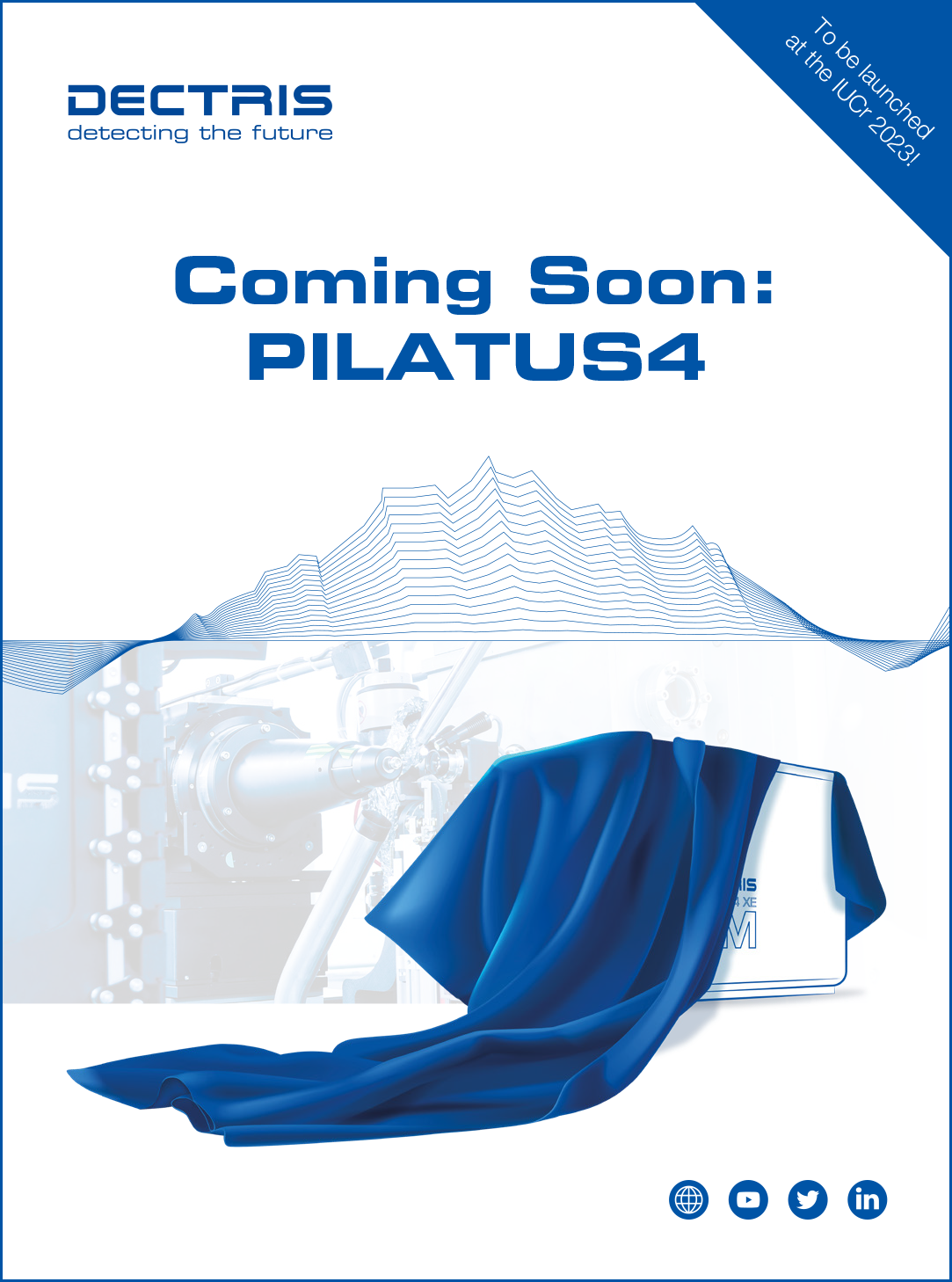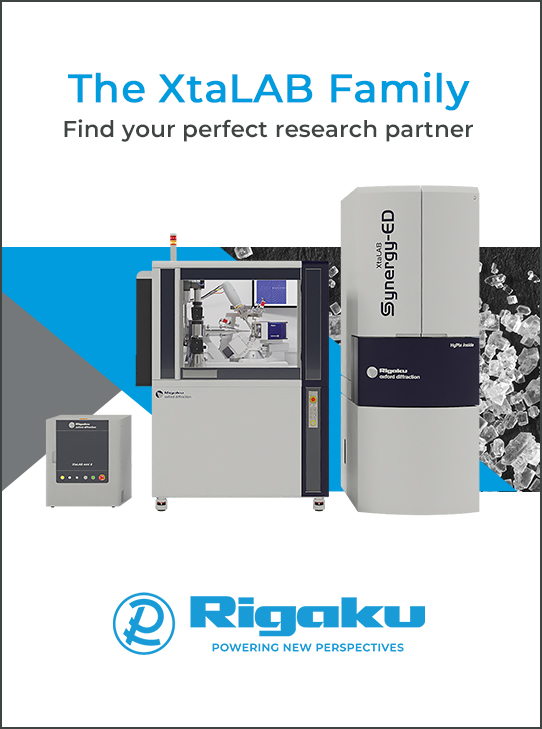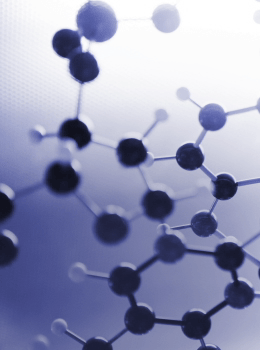


Editorial
Introduction to the special issue on Magnetic small-angle neutron scattering – from nanoscale magnetism to long-range magnetic structures
Nanoscale magnetism comprises a rich variety of physics spanning from fundamental to direct industrial application; it encompasses diverse phenomena including novel emergent magnetic structures such as skyrmion crystals, superconducting vortex lattices, exotic quantum textures in spin-ice and frustrated spin systems, and the magnetic properties of a multitude of nanotextured materials such as nanoparticles and ferrofluids, nanocomposites, permanent magnets, and magnetic steels. A common theme unifying these scientific fields is the potential for the application of small-angle neutron scattering (SANS) which, due the intrinsic magnetic moment of the neutron and its deep penetration, allows simultaneous access to the structural and magnetic bulk properties at the nanoscale.
Motivated by the success of a recent workshop (Disch et al., 2021) and significant community interest in a recent review article (Mühlbauer et al., 2019) and book (Michels, 2021) on magnetic SANS, the idea on this special issue was conceived, with three specific aims:
(i) To raise awareness of the range of science cases which can be addressed with the magnetic SANS technique, including for those researchers that are experienced in SANS but not currently working in magnetism.
(ii) To strengthen collaborations and create synergies between two rather disconnected research communities, namely those focused on complex long-range-ordered magnetic textures that emerge as the result of strong electronic correlations or superconductivity, and those employing the magnetic SANS method in the more classical sense to study the nonperiodic magnetization distribution caused by nanoscale structural inhomogeneity.
(iii) To address future challenges related to magnetic SANS theory, neutron instrumentation, specialized sample environment and neutron data analysis.
![[Fig. 1]](https://www.iucr.org/__data/assets/image/0009/155961/me6212_fig1.jpg)
The 16 selected research articles in this special issue of Journal of Applied Crystallography represent the cutting-edge work of around 80 individual co-authors; it showcases the breadth of magnetic SANS across the full gamut of magnetic nanostructures and identifies recent and future trends, as well as instrumentation capabilities and novel simulation tools.
SANS studies of skyrmionic spin textures and skyrmion host materials are addressed by Karube et al. (2022), White et al. (2022), Causer et al. (2023) and Mettus et al. (2022). Karube et al. (2022) investigate the fractal magnetic domain structure in bulk crystals of the antisykrmion host (Fe,Ni,Pd)3P with a combination of SANS and magnetic force microscopy. A similar combination of scattering techniques and real-space measurements is used by White et al. (2022) in a study where SANS is complemented by magnetometry, magnetic diffuse neutron scattering and Lorentz transmission electron microscopy. They examine the mesoscale magnetic ordering and skyrmion phase suppression caused by compositional disorder and magnetic frustration in the chiral magnet Co6.75Zn6.75Mn6.5. The consequences of reduced sample dimensions on long-wavelength magnetic modulations such as helicoids, solitons, merons and skyrmions are addressed by SANS near-surface scattering just above the critical angle of reflection by Causer et al. (2023) using the paradigm helimagnet MnSi. Finally, using the time-resolved stroboscopic SANS variant TISANE, Mettus et al. (2022) study the opportunities and the limitations of this technique to investigate the driven dynamics of skyrmion lattices on the millisecond time scale.
Two contributions are devoted to the study of superconducting vortex lattices using SANS. Louden et al. (2022) investigate the ordering of the vortex lattice in MgB2 single crystals subjected to doping with Mn and C; while the vortex lattice remains qualitatively unchanged for Mn doping, C doping suppresses an otherwise field- and temperature-driven vortex lattice reordering transition, probably associated with a change of the electronic structure. Campillo et al. (2022) deal with the challenges of analyzing the diffraction data from mesoscopic crystals, such as the data from superconducting vortex lattices acquired in time-of-flight SANS; such studies will be highly relevant for anticipated SANS studies at the European Spallation Source.
The use of a SANS instrument for measurements of inelastic properties is the subject of the contribution by Azarova et al. (2023). SANS with polarized neutrons is capable of determining the spin-wave stiffness and energy gap of low-energy magnons, even for amorphous ferromagnetic samples. The role of SANS in the investigation of reentrant spin glasses close to a canonical spin glass is discussed and revisited by Mirebeau & Martin (2022), focusing on the prototypical materials Au1–xFex and amorphous a-Fe1–xMnx.
SANS studies of materials where the nanomagnetic variation is induced by nanoscale structural inhomogeneities of bulk samples are addressed in four contributions. Ulbricht et al. (2022) use magnetic SANS to examine the properties of low-dose irradiated Fe–Cr model alloys and the ferritic martensitic steel Eurofer97. Uniaxial polarization analysis on soft magnetic nanocrystalline alloys is used in combination with micromagnetic computations to establish the route to a general framework for polarized real-space neutron methods for magnetic microstructures by Malyeyev et al. (2022). Zaporozhets et al. (2022) follow a similar approach, extending micromagnetic SANS theory to investigate spatially inhomogeneous ferromagnets with a nonzero average uniaxial anisotropy, and apply these results to magnetic-field-annealed Vitroperm and plastically deformed nickel. Finally, magnetic nanoprecipitates and interfacial spin disorder in zero-field-annealed Ni50Mn45In5 studied by SANS is the topic of the contribution by Bersweiler et al. (2022).
To complete the SANS studies on magnetic materials with structural inhomogeneities, four papers of this special issue deal with magnetic nanoparticles and ferrofluids. Zákutná et al. (2022) use magnetic SANS to investigate the multiscale magnetization of cobalt-doped ferrite nanocubes of similar size but varying Co/Fe ratio with a combination of polarized SANS, X-ray diffraction, Mössbauer spectroscopy and magnetization measurements. The effect of faceted nanoparticle shape on the superstructure formation in concentrated ferrofluids under applied magnetic field is studied using magnetic SANS by Bender et al. (2022a) with analysis of the two-dimensional pair distance distribution function.
Finally, two contributions showcase the impact of state-of-the-art data analysis and simulations of SANS data of magnetic nanoparticles. Bender et al. (2022b) compare the indirect Fourier transform method with a singular-value decomposition technique and an iterative algorithm to achieve model-free analysis of small-angle scattering data. The contribution by Barnsley et al. (2022) features a numerical algorithm based on reverse Monte Carlo simulations to model two-dimensional scattering intensities of SANS measurements, accounting for magnetic scattering, instrument resolution and particle polydispersity, making no assumptions about the underlying particle interactions.
It is hoped that this special issue of Journal of Applied Crystallography dedicated to magnetic SANS will serve as an enduring resource and valuable reference for the community, as well as stimulating the greater utilization of the technique in the important realm of magnetic nanostructures.
The virtual special issue is available at https://journals.iucr.org/special_issues/2023/msans.
References
Azarova, L. A., Pshenichniy, K. A. & Grigoriev, S. V. (2023). J. Appl. Cryst. 56, 36–43.
Causer, G. L., Chacon, A., Heinemann, A. & Pfleiderer, C. (2023). J. Appl. Cryst. 56, 26–35.
Disch, S., Mühlbauer, S. & Michels, A. (2021). Neutron News, 32(4), 4–6.
Michels, A. (2021). Magnetic Small-Angle Neutron Scattering – A Probe for Mesoscale Magnetism Analysis, Oxford Series on Neutron Scattering in Condensed Matter. Oxford University Press.
Mirebeau, I. & Martin, N. (2022). J. Appl. Cryst. 55, 1173–1183.
Mühlbauer, S., Honecker, D., Périgo, A., Bergner, F., Disch, S., Heinemann, A., Erokhin, S., Berkov, D., Leighton, C., Eskildsen, M. R. & Michels, A. (2019). Rev. Mod. Phys. 91, 015004.
Ulbricht, A., Heinemann, A. & Bergner, F. (2022). J. Appl. Cryst. 55, 702–712.
Zaporozhets, V. D., Oba, Y., Michels, A. & Metlov, K. L. (2022). J. Appl. Cryst. 55, 592–600.
This article was originally published in J. Appl. Cryst. (2023). 56, 1–2.
Copyright © - All Rights Reserved - International Union of Crystallography


![Thumbnail [Thumbnail]](https://www.iucr.org/__data/assets/image/0010/155953/uq5001thumbnail.png)





